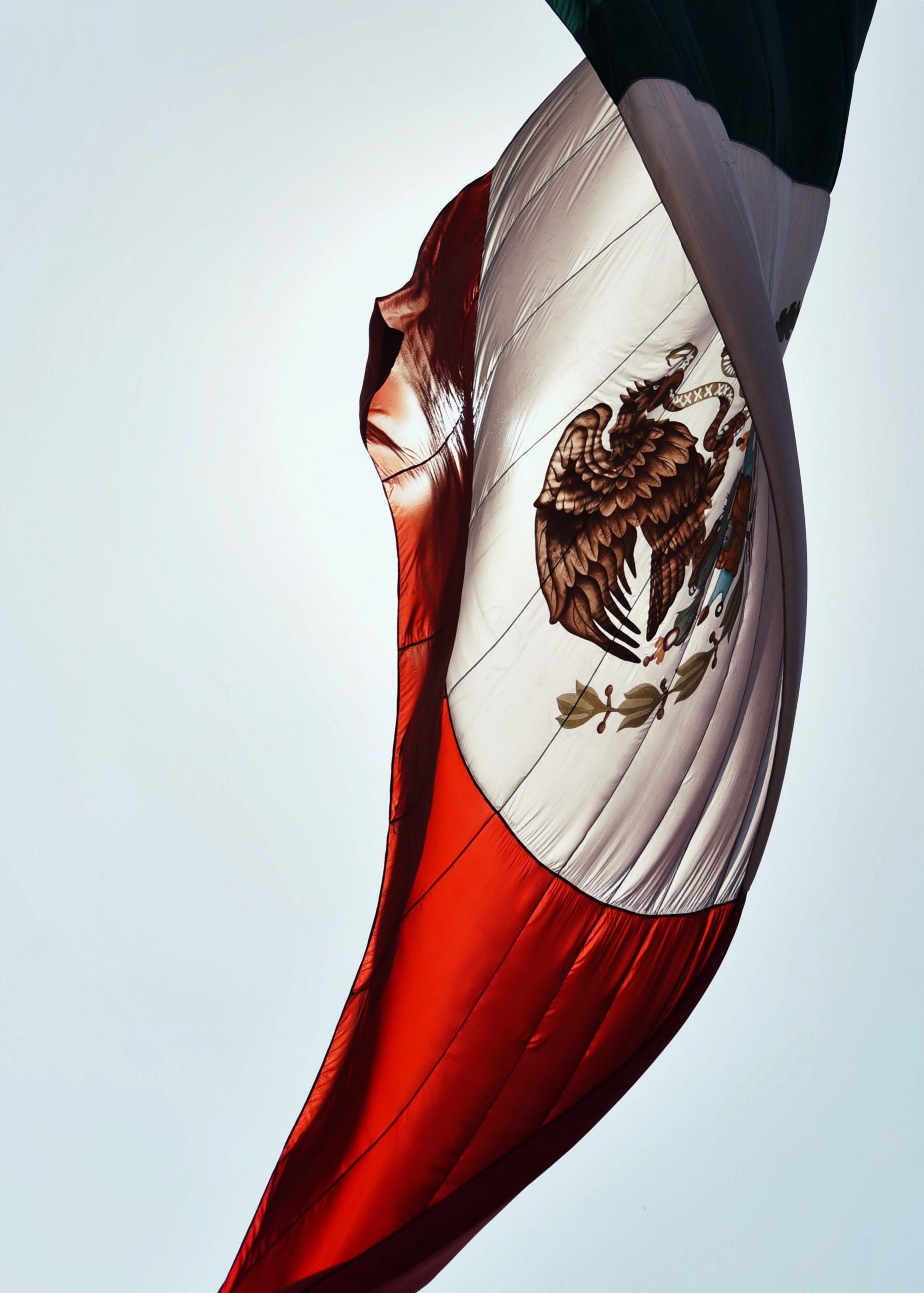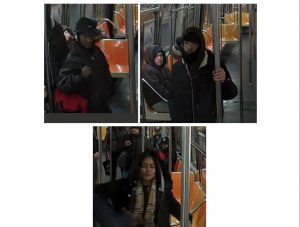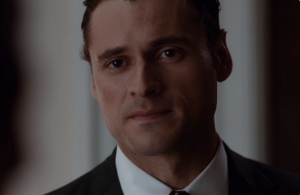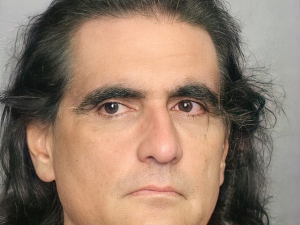A local gang conflict in the border cities of Tijuana and Ciudad Juarez devolved into a deadly riot this week. The incident, which resulted in a significant police response close to the US-Mexico border, has claimed the lives of at least 11 people.
The city with the highest population in the Mexican state of Chihuahua is Ciudad Juárez. Juárez is the name given to it today, up until 1888, it was known as El Paso del Norte (The Pass of the North).
Also Read| Tijuana violence: All about rival gangs Los Chapos, Los Mexicles
The Juárez Municipality has an estimated 1.5 million residents, and Juárez serves as its administrative centre. It is located south of El Paso, Texas, on the Rio Grande (Ro Bravo del Norte) river.
With a combined population of more than 2.7 million, the cities make up El Paso-Juárez, the second-largest binational metropolitan area on the Mexico-U.S. border (behind San Diego-Tijuana).
The Bridge of the Americas, the Ysleta-Zaragoza International Bridge, the Paso del Norte Bridge, and the Stanton Street Bridge are the four international crossing points that link Ciudad Juárez and El Paso.
For all of central and northern Mexico, these bridges allowed 22,958,472 crossings in 2008, making Ciudad Juárez a key crossing point and transportation hub into the United States.
More than 300 “maquiladoras” (assembly plants) in and around the city make up a large portion of the city’s expanding industrial centre.
Also Read| Tijuana violence: How the riot unfolded near the US-Mexico border
Additionally, the city became well-known for being a staging point for smuggling immigrants and drugs into the US. (Contrarily, the origin of a large number of assault rifles and other weapons seized in Juárez could be found in the US.)
Nearly 200 people went missing in or around Juárez in the 1990s, many of them probably drug dealers, among them were dozens of young women who had been raped and killed, it was later discovered.
Also Read| Three statutes listed in Trump search warrant explained
Drug-related violence in Juárez had increased by the turn of the twenty-first century, with rival cartels vying for control of the city. There, including police officers and civilians, were killed about 1,600 times in just 2008 alone.
To stop the violence and patrol the streets, the federal government dispatched thousands of soldiers to the city in March 2009.
Although drug-related violence has remained a problem in Juárez, it was largely contained to the city’s economically depressed areas by the 2020s, which helped the city’s tourism sector.







